Costa Rica Schmidt Ocean Institute shares rare footage of black-eyed squid carrying a long skirt-like egg mass underwater.
Black-eyed squid incubating a large egg mass. Video : Schmidt Ocean Institute
Researchers discovered the black-eyed squid ( Gonatus onyx ), one of the few squid species capable of brooding eggs, during an expedition off the coast of Costa Rica, Live Science reported on January 4.
“The large egg masses attach to hooks on the squid’s arms. For several months, they carry the egg masses and do not eat,” explained a representative of the Schmidt Ocean Institute, the organization that organized the expedition, when posting footage of the black-eyed squid on social media. The impressive footage shows the squid dragging the egg masses like a long skirt and flapping its head fins gracefully to swim through the water.
Marine biologists once thought that black-eyed squid and other squids laid their eggs in clusters on the seafloor, leaving them to develop and hatch on their own. But in 2001, Brad Seibel, a postdoctoral fellow at the Monterey Bay Aquarium Research Institute (MBARI), dismissed this idea. Seibel observed a black-eyed squid brooding its egg sac in Monterey Canyon, off the coast of California, through the lens of a remotely operated submersible.
In a 2005 study, Seibel and colleagues described the brooding behavior of female black-eyed squid. They can carry up to 3,000 eggs and move around in open water until the young hatch and swim away. The squid uses its arms to pump water through the egg mass, helping to oxygenate the eggs.
Black-eyed squid are among the most abundant cephalopods in the Pacific and Atlantic Oceans. In the North Pacific, they are commonly found at depths above 1,900 m. They are neutrally buoyant, meaning they require no effort to float or swim, but brooding squid cannot swim very fast and can become easy prey for deep-diving marine mammals.
Thu Thao (According to Live Science )
Source link


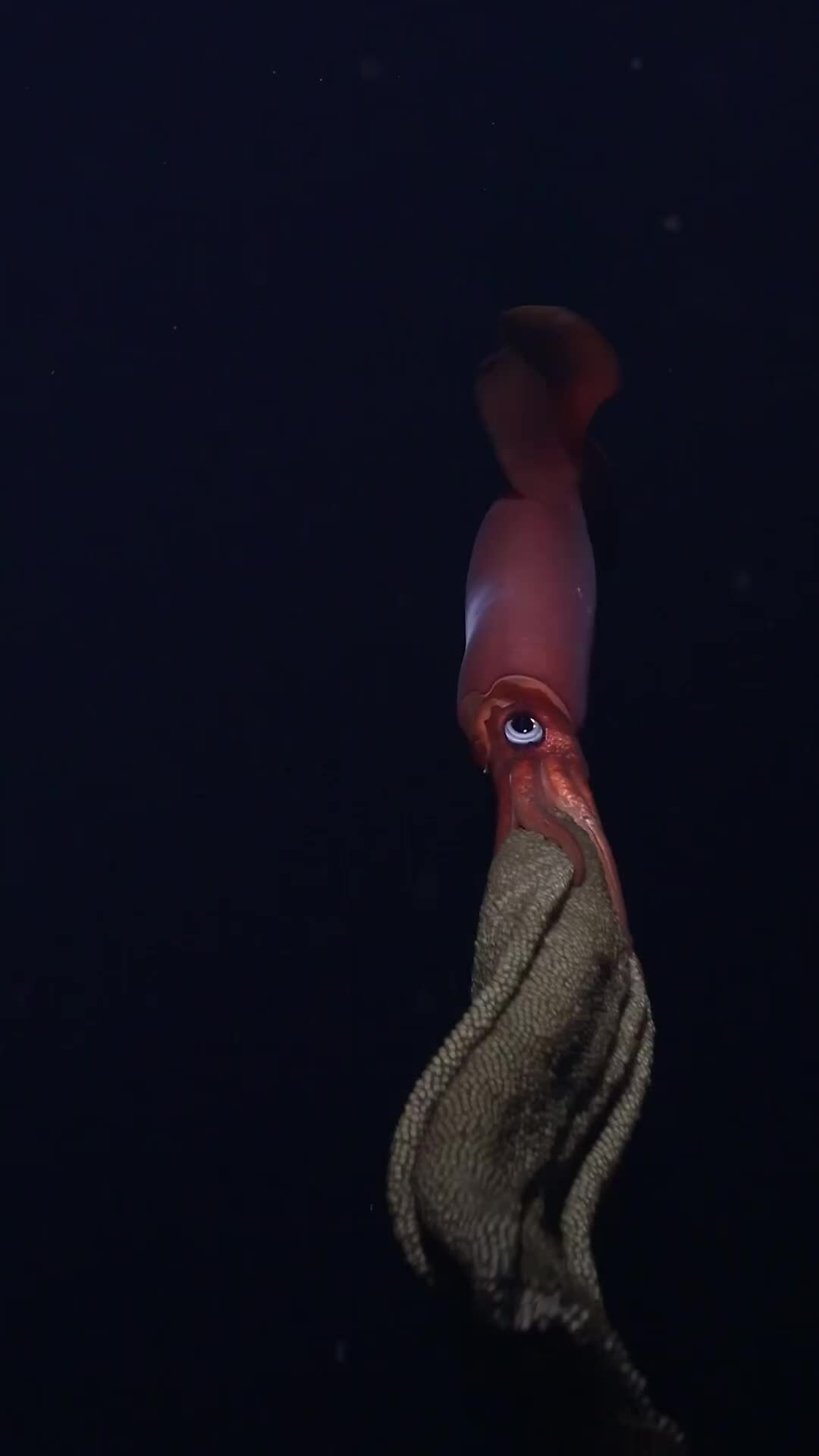




![[Photo] Prime Minister Pham Minh Chinh receives President of Cuba's Latin American News Agency](/_next/image?url=https%3A%2F%2Fvphoto.vietnam.vn%2Fthumb%2F1200x675%2Fvietnam%2Fresource%2FIMAGE%2F2025%2F12%2F01%2F1764569497815_dsc-2890-jpg.webp&w=3840&q=75)


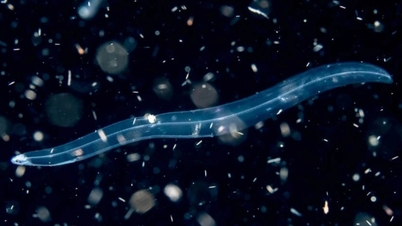



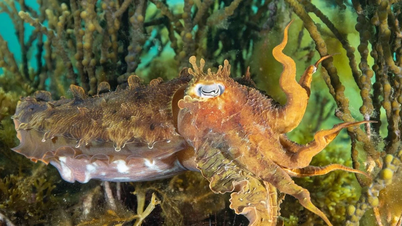










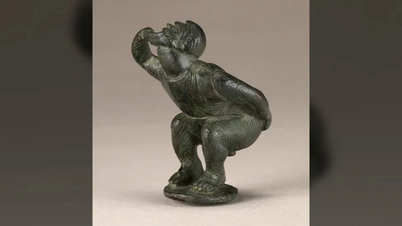













































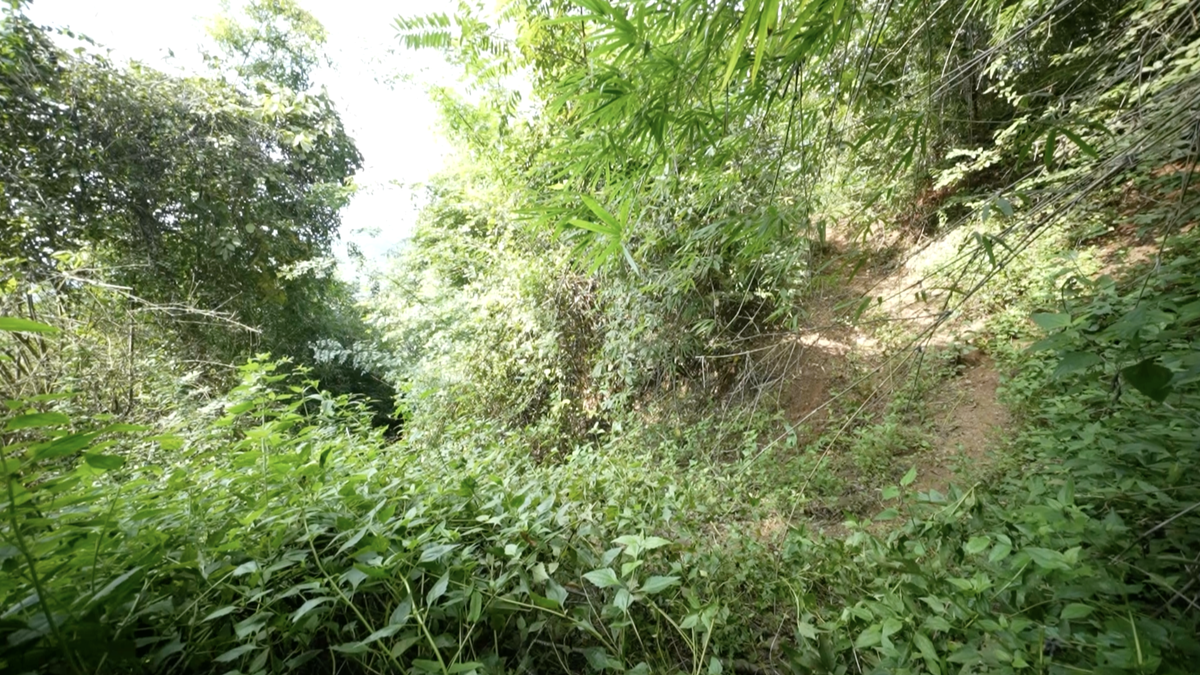






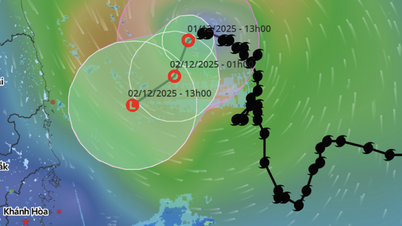






























Comment (0)